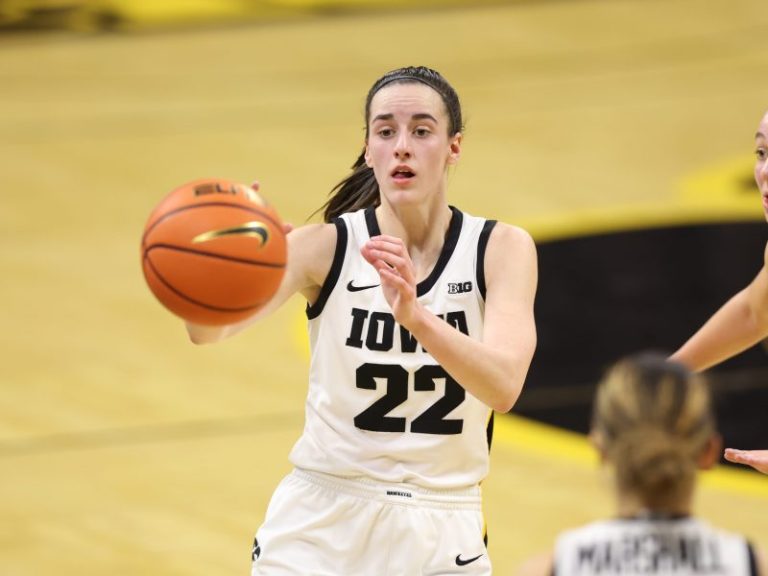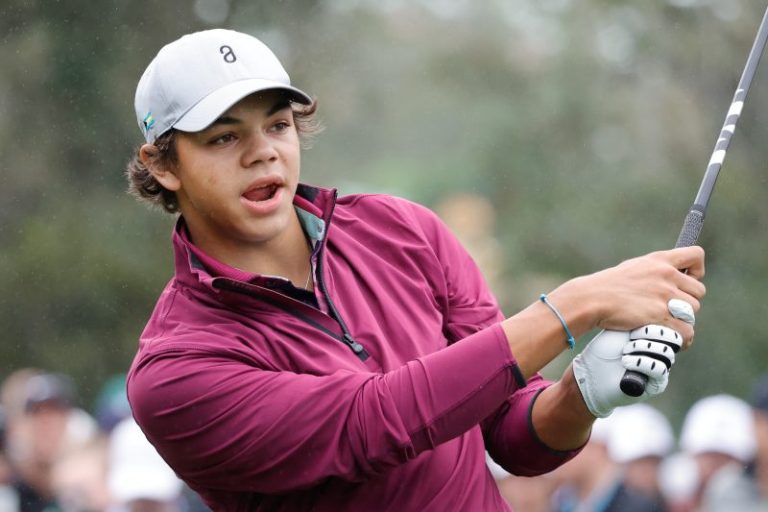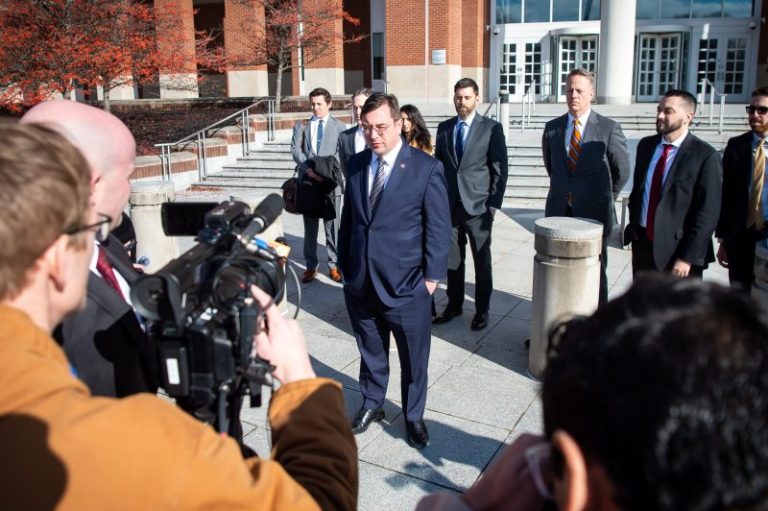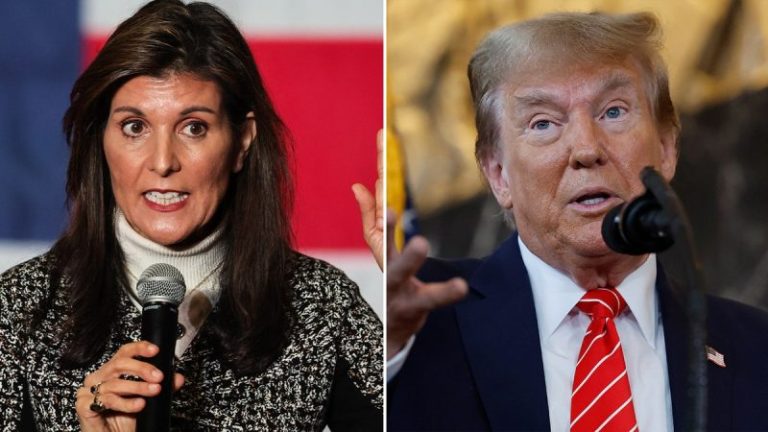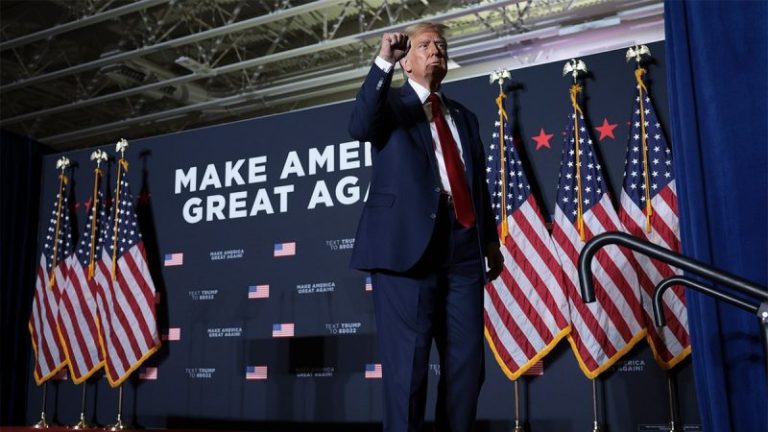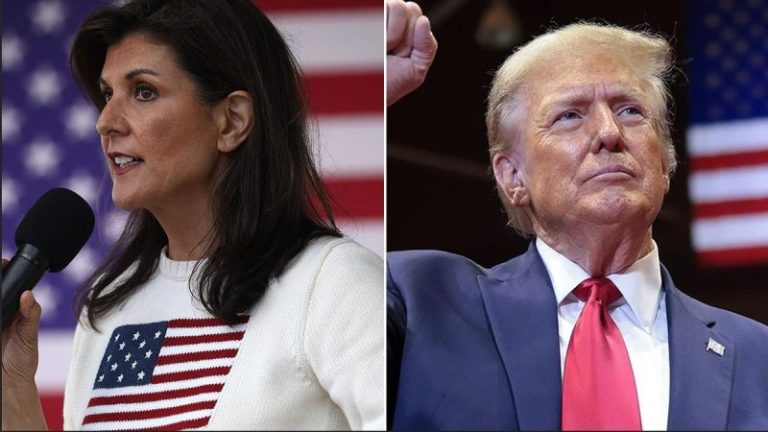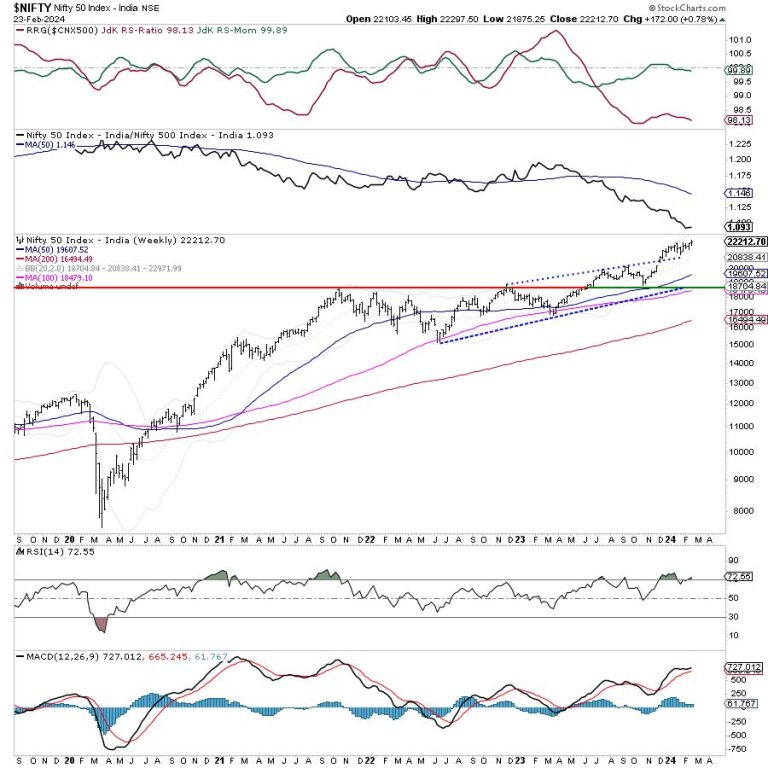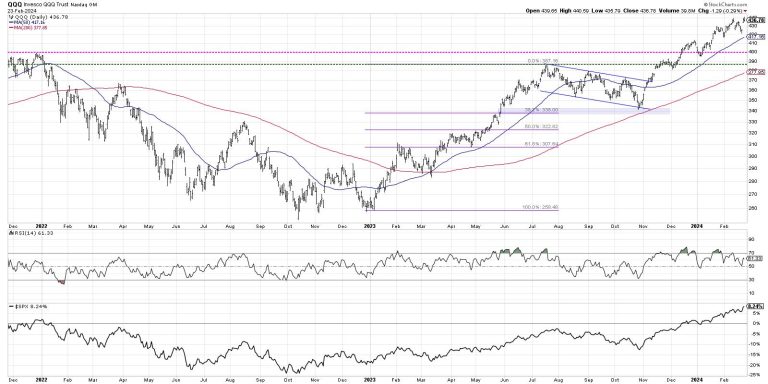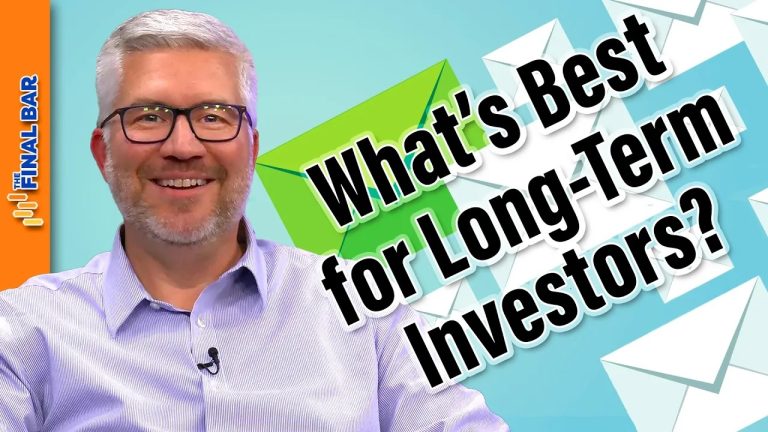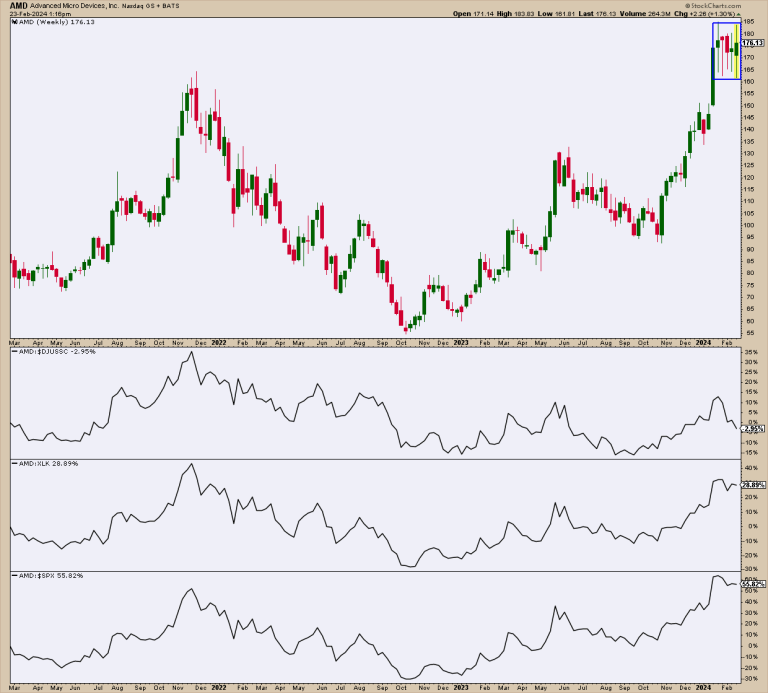BLOOMINGTON, Ind. – Thursday’s sold-out Assembly Hall crowd for when No. 4 Iowa visited No. 16 Indiana had fans in attendance for many reasons. Most packed the gym to root for Indiana’s biggest win of the season and 86-69 win over the Hawkeyes. Others were there to root for Iowa, and more specifically, the Caitlin Clark Show.
But another portion of fans showed up for a team that didn’t play on Thursday. They were Indiana Fever fans.
With the Fever holding the No. 1 pick for the second consecutive WNBA draft, fans are excited by the possibility of Clark becoming the new point guard of the franchise. So when Clark came to Bloomington for what could be the final time in her college career, Fever fans made themselves seen.
“We’re really hoping Caitlin — showing her talent — will come,” Sharon Indrutz said. “Indiana’s a good place to be. It’s a little like Iowa.”
Indrutz came to Thursday’s game with her neighbor, Mary Waters. Indrutz and Waters traveled from Wabash to see the game. Waters became a Fever fan three years ago when the team went a WNBA-worst 6-26. Although Waters came aboard at the lowest moment in franchise history, she’s eager to see the rebuild completed.
“The whole attitude of wanting to win and maybe not being able to,” Waters said when asked what made her a Fever fan. “And now they’re putting a team together that’s really gonna be awesome. I think they’ll be unbeatable.”
Waters just recently became a fan of the game of basketball. The main reason for her and Indrutz’s fandom? Caitlin Clark.
Waters has watched Clark play six times in person now, including multiple times with Indrutz. The pair went to see Clark play at Purdue on Jan. 10. They also traveled to Iowa City in October when the Hawkeyes hosted Crossover at Kinnick as an exhibition affair against DePaul. These fairly new basketball fans are obsessed with Clark.
“She’s steady, and I like the unselfishness,” Waters said. “She knows that her assists are just as important as her shots, and that’s seeing the whole court and knowing her intelligence of basketball.
“That’s what’s brought me in, is watching the phenomenal ‘wows,’ and those get you the highs. Then it’s the continuation of her and how she treats her teammates and how her teammates treat her.”
Adam Weaver has been a women’s basketball fan for much longer. Weaver has rooted for the Fever since Tamika Catchings’ rookie season in 2002 when he was in elementary school. Weaver — who grew up between Columbus and Shelbyville — frequently begged his parents to take him to games, making it to a few each season.
Now as an adult, Weaver and his husband, Jeff Wagerman, are season ticket holders who sit courtside at every game. Wagerman became a fan about four years ago because of Weaver. Like Waters, Wagerman is immersed in the team despite the lows of the post-Catchings era.
“We really like being able to connect with the players,” Wagerman said. “It’s cool in the WNBA that the players are accessible. We just really enjoy the environment. It’s very inclusive.”
Wagerman and Weaver have watched Clark play in person since her freshman season. As Indianapolis residents, the couple attended Iowa games when the Hawkeyes made consecutive appearances in the Big Ten championship at Gainbridge Fieldhouse in 2021 and 2022.
At the Fever’s draft lottery party in December, Wagerman and Weaver were in attendance. As it was announced the franchise was getting the No. 1 pick again, Weaver envisioned a dynasty.
“It’s so exciting because when you look at the WNBA teams that have historically had the most success, they’ve built through the draft,” Weaver said. “The Las Vegas Aces, three No. 1 picks in a row, the Seattle Storm picked Breanna Stweart and Jewell Loyd consecutively, and now we’re going to have Aliyah Boston and the No. 1 pick — hopefully Caitlin Clark. That’s huge for the future.”
Boston and Clark could become the next great guard and post player combination in the league’s history. The WNBA’s great dynasties — like many in the NBA — typically have at least one great perimeter player to pair with a force inside.
The back-to-back champion Aces have Chelsea Gray, Jackie Young and Kelsey Plum to complement A’ja Wilson down low. The Lynx paired Sylvia Fowles in the paint with Maya Moore for the last two of their four championships from 2011 to 2017. Sue Bird won her first two rings in Seattle with future Hall-of-Famer Lauren Jackson before winning another two with Stewart in the latter half of her career.
That said, the idea of Clark joining the All-Star pairing of Boston and Kelsey Mitchell is enticing. With GM Lin Dunn and coach Christie Sides — who attended Thursday’s game — at the helm, the Fever’s quest to make the playoffs for the first time since 2016 would be aided by Clark’s arrival.
Of course, Clark still has to decide if she’s entering the draft. The senior could exercise her fifth year of eligibility due to COVID-19, so there’s a chance the WNBA has to wait another year for her to turn pro. Clark remains uncommitted to publicly making a decision.
“We’ve got our fingers crossed that hopefully she’s coming,” Wagerman said. “I think it’s going to be a huge game-changer for the franchise. I’m envisioning Gainbridge Fieldhouse sold out and just as loud as (Assembly Hall) is right now.”
For the time being, Fever fans will continue to anticipate the day Clark makes her announcement. Clark has until April 5 or 24 hours after Iowa’s last game — whichever comes last — to make her decision for the draft on April 15.
Whether or not she’s made up her mind yet, it couldn’t have hurt for Clark to see many Fever fans in the stands on Thursday night.

